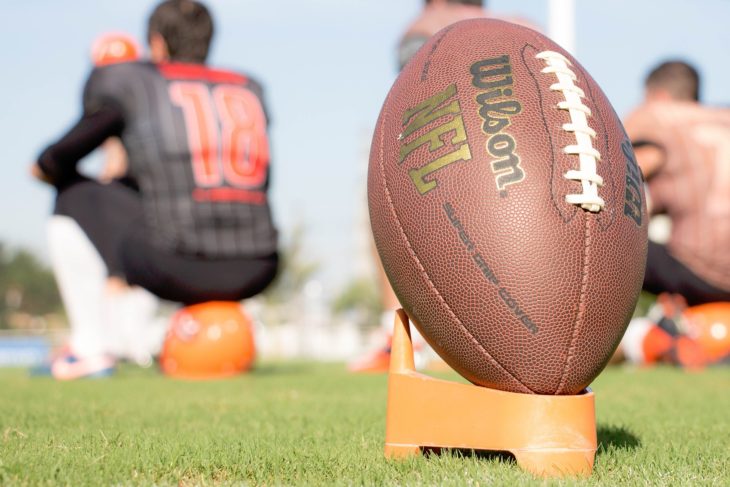Dr. Jonathon Brown, Bienville Orthopaedic Specialists
It’s that time of year again. Chants of “Hotty Toddy” and clangs of cowbells fill the air. Football season is here. High school athletes across the state aim for perfection on Friday nights, and fathers join their young sons in the backyard for a flag football game on Sundays after church. Inevitably, orthopaedic injuries occur. Strains and sprains are most common. They occur in professional, collegiate and recreational athletes alike. I am commonly asked to explain strains and sprains when I am treating patients.
Strain is a term that describes sudden activity related muscle injury. It also is used to describe damage to the tissue that connects muscle to bone, the tendon. Muscle and tendon may sustain injury when stretched or torn while generating force. Imagine losing a tug of war in which your arms are stretched while trying to hold your ground. During athletic activity, these tissues are injured in a matter of milliseconds. Shoulders, hamstrings, neck and the low back are the usual suspects.
Sprains, however, refer to stretching or tearing a ligament. Ligaments are connective tissues that hold our bones together. Most people are familiar with the anterior cruciate ligament, or “ACL.” In fact, there are hundreds of ligaments throughout our bodies, and each may be stretched, wrenched or torn during activity. Common sites of ligament injury include the ankle and knee.
Symptoms of strains and sprains include immediate pain, swelling, soreness and possibly the inability to move the injured arm or leg. Severe bruising, stiffness and spasm may occur. Many factors including poor flexibility, fatigue and failure to warm up prior to activity can increase your risk for a muscular or tendinous strain or ligament sprain.
Treatment may be started as soon as the injury occurs. Elevate the traumatized body part above the level of the heart if possible. Apply ice after protecting the skin, and start an over-the-counter anti-inflammatory medication such as Advil, Aleve or aspirin according to the manufacturer’s directions. In rare cases, professional or collegiate athletes may be treated provisionally and return to the game. I recommend ending athletic activity for recreational athletes when the injury happens as further damage will not occur, and the healing process may begin.
Most strains and sprains can be treated without surgery. Elevated pain, not being able to put any weight on the extremity, and hearing a “pop” are suggestive of significant injury. You should seek professional medical advice. During my career, I have treated professional and collegiate athletes. The initial treatment is the same. Rest, ice, elevate and anti-inflammatories are standard. Remember this treatment strategy the next time your athlete is injured. Of course, if you have any concern about the degree of trauma, consult your orthopaedic doctor.


